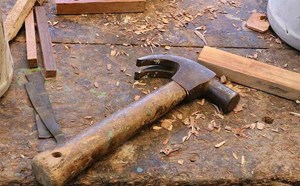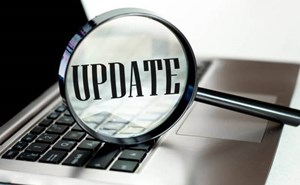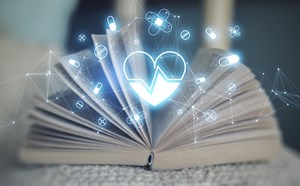
Chair's Letter
Meghan Herbst, MD, FACEP
ACEP EUS Chair
Professor of Emergency Medicine
UConn School of Medicine
The work of ACEP’s Ultrasound Section is incredible. A lot of our efforts this year have been to showcase the resources created by our subcommittees so that they are more accessible to you. Please check out https://www.acep.org/emultrasound/subcommittees and see our progress so far.
In this issue, a number of articles are centered around ultrasound education. This made me think: how does ultrasound education and learning translate into ultrasound utilization when working clinically? What needs to happen between learning a new skill and utilizing it? Aside from practice, there are likely many variables. I would imagine physician confidence, patient comfort, availability of software and equipment, level of evidence present in the literature, support from the department chair, approval from other departments, ACEP and other organizational support may all play a role in making that pivot from learning to incorporating into clinical care.
As you read this issue, think about how ACEP can help emergency physicians employ the skills being taught at an exceedingly fast pace. You can share your ideas by contributing to our newsletter (please reach out to Dr. Laura Oh).
A summary of this issue’s articles:
Drs. Gottlieb and Duran-Gehring break down pearls and pitfalls of medical education research.
Drs. Lovallo, Broadwater, and Mirsch unfold steps taken and resources needed to develop medical school ultrasound programs at the University of Pittsburgh and University at Buffalo.
Dr. Kurzweil shares updates on Sonoguide, including new illustrations and questions that will enhance independent learning and evaluating trainees.
Drs. Boivin, Mirsch, and Rosario from the Ultrasound Simulation subcommittee compare pros and cons of select grocery store-bought nerve block phantom options, complete with photos and images. They additionally share updates of what has been posted to date, current collaborations, and look forward to creating community-based and TEE simulation cases.
Drs. Torres-Gonzalez, Lin, Puebla, Lamour, and Farrow take us on an anatomy tour of the radial nerve, and advocate for a mid-humeral approach to achieving radial nerve regional anesthesia.
Drs. She, Suwondo, and Fong from the Residency Education subcommittee share updates on their ultrasound fellowship application toolkit (now posted!), cookbook created in conjunction with the Ultrasound Simulation subcommittee, badge buddy cards, and crowdsourced Jeopardy (and how you can contribute!). Along with Dr. Secko, they share the value of being present (ie, visible to leadership/administration) to gain protected time for ultrasound-related activities.
Drs. Anderson and Kuttab succinctly summarize strategies and caveats (with great examples) to writing educational ultrasound #FOAMed posts.
Finally, Drs. Salerno, Coneybeare, and Werner from our Ultrasound Fellowship subcommittee introduce the first Ultrasound Fellow Symposium, where fellows can apply for the opportunity to prepare an ultrasound talk with paired expert mentorship and compete to present at ACEP 2025. Take a look at the details, as well as their exhaustive lit canon of ultrasound literature, ranked and categorized by rubric score and topic. They additionally share some advice with AEMUS fellows on how to get the most out of their fellowship year.
Thanks to all of our contributors.
Happy reading and happy scanning!
Meghan



